
views
Planting Phlox

Decide which phlox variety you want to grow. All species of phlox produce flowers in a wide range of colors including white, pink, red, lavender and blue. Different varieties serve different needs in the garden. Do some research to decide which one is right for your growing zone. Purchase potted phlox plants sold locally at garden centers or farmer's markets for transplanting any time during the growing season. Your local garden center or nursery can advise you on which species grow best in your area. Garden and meadow phlox are perfect for garden borders, since they grow quite wide and tall. Low-growing phlox varieties are perfect to use as groundcover in shady areas, especially as many are mildew-resistant. You can also buy bare-root plants from a mail order company, but bare root plants are best planted in the spring.

Choose a location in full sun for growing phlox. Phlox are hardy, low maintenance flowers that can do well in most locations, though most varieties of phlox prefer full sun. However, some are tolerant of partial or filtered shade. Find a location that works for the variety you have chosen. Phlox grown in the shade often produce fewer flowers. They are also at increased risk for contracting a disease, so if you choose to plant phlox in the shade, look for a variety that is mildew-resistant.

Look for soil that is moist but well-drained. Phlox need plenty of moisture to do well, but they shouldn't be waterlogged. To make sure your soil drains well, take a look at it after a heavy rain. If you see standing water and puddles there, the soil doesn't have good drainage. If the area is wet, but not soaking, it should be fine for growing phlox.
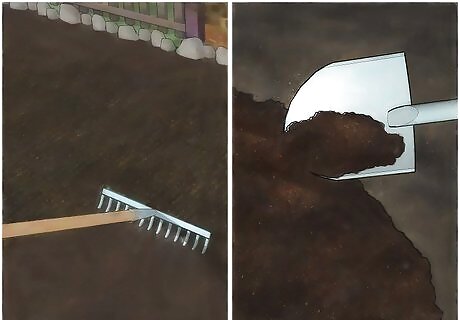
Till the soil and add compost. Phlox like rich soil, so it's necessary to work in some compost to ensure they grow healthy and strong. Till the soil to a depth of 12 inches (30 cm) and amend it with organic compost or peat moss.

Plant phlox outdoors after all signs of frost have passed. Dig holes that are 1 to 2 feet (0.30 to 0.61 m) apart to provide adequate ventilation. The holes should be twice as wide as the plants' root balls. Set the phlox plants into the holes and pat soil around their bases. Water the phlox after planting.
Caring for Phlox

Water phlox thoroughly. Keep them well watered throughout the growing season; if the soil gets dry, the phlox will suffer. Water from the base of the plant, rather than from the top. Avoid getting their leaves wet to decrease the chances that mold and mildew will form on the plants.
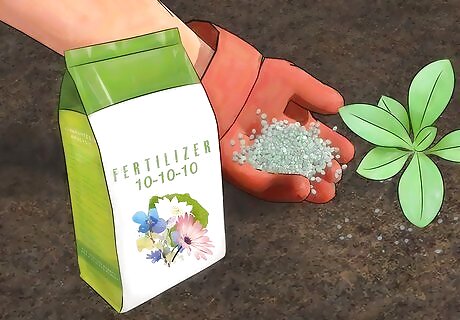
Fertilize the plants once they are in the ground. Use well-rounded plant fertilizer like 10-10-10, which contains 10 percent nitrogen, 10 percent phosphate and 10 percent potash. Repeat a second application of the fertilizer when the plants are flowering. In subsequent years, add compost around the plants each spring.

Mulch the area around the plants at the start of summer. Do it when the days start getting hotter. The mulch helps to keep the soil moist and cool and helps with weed control. Add fresh mulch to your phlox at least once a year.

Prune your phlox. For tall-growing varieties, cut off all but 5 to 7 stems on each plant. This increases air circulation to the stems, increasing blooms and reducing chances of disease. Pinch off the growing tips of the remaining stems to slow down the growth and encourage the plants to fill out. Start when they are around 6 inches (15 cm) tall if you are growing a tall species of phlox. Shorter phlox species that you are not growing as ground cover can also be pruned when they are 4 to 6 inches (10 to 15 cm) tall.
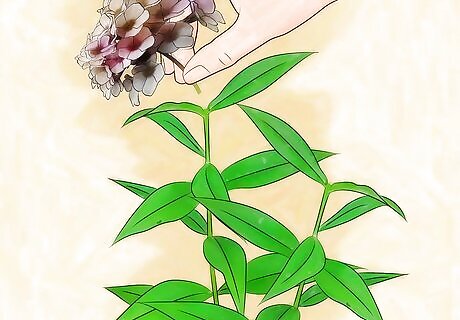
Remove the dead flower clusters from the plants when flowering is done. Some varieties of phlox will bloom a second time if you deadhead the plants when the flowers die.

Divide the plants every 3 to 5 years to propagate them and prevent over-crowding. Dig the entire plant out of the ground so you can see its root structure. Cut sections off the outer-edge of the plant clusters that have plant growth and buds. If the inner section of the cluster has become woody, trim off and discard the woody parts. Replant a piece of the original back in the original hole. Move the other pieces to new areas for planting.
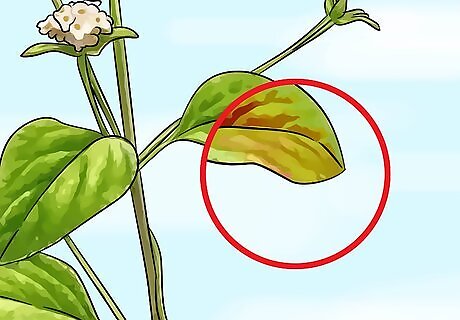
Protect your plant from disease. Air, sunshine, and proper watering can help prevent common diseases that affect pilot, like rot or mildew. Remove affected foliage quickly. Water your phlox early in the morning. Remove all mulch and plant debris during the autumn season to prevent fungus and rot.
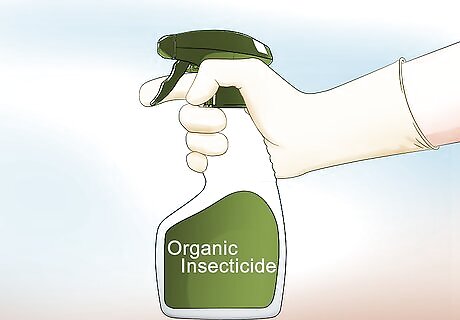
Protect your plant from phlox bugs. A phlox bug is a piercing and sucking insect that preys primarily on phlox plants. Prevent phlox bugs by using a pyrethrin-based insecticide. Scout for bugs and promptly remove any. Then, remove any affected foliage and flowers.




















Comments
0 comment